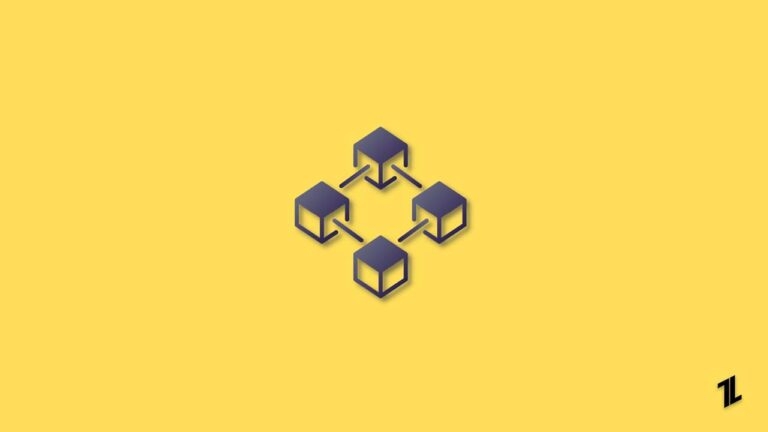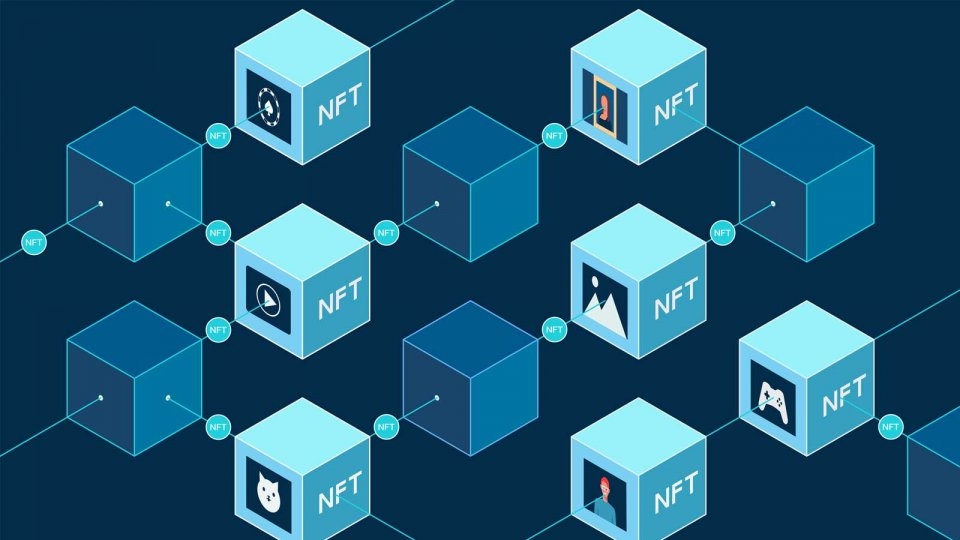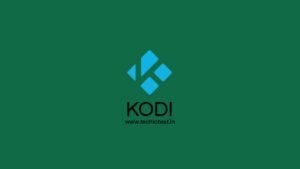
Do you want to learn more about blockchain? Want to know, What is Blockchain? How is it used? and other factors? You have landed on the right blog.
This article will take you on a tour through the cryptic topic of blockchain technology to provide you with a clear and understandable grasp of this technology.
I’ll examine the underlying concepts, real-world uses, and possible implications of blockchain, equipping you to navigate this complicated tech in an easy-to-understand way, whether you’re a tech-savvy enthusiast or completely new to the field.
By the conclusion of this guide, you will have grasped not just the essence of blockchain but also its vast potential to change the future of numerous sectors. Let’s dive into the article.
Blockchain: Things You Should Know
Blockchain is a distributed ledger technology that is transforming how we store and share data. It is a safe, transparent, and tamper-proof method of storing data that has the potential to disrupt numerous sectors.
We will demystify blockchain for beginners in this article. We will explain what a blockchain is, explain how it works, and discuss its advantages. We will also go through some of the difficulties that blockchain technology faces and some of its possible uses.
What is Blockchain?

Blockchain is a type of technology that functions as a distributed and secure database. Instead of being saved on a single computer, data is distributed over a network of computers.
Because there is no one weak spot to attack, it becomes extremely difficult for anybody to hack or influence it. The blockchain organizes information into blocks, and each block contains a number of transactions.
Each block is linked to the one before it by a one-of-a-kind code known as a hash. This hash connects all of the blocks, forming a chain of information.
When a new transaction is added to the blockchain, the other computers in the network first check to see whether it is legitimate.
The transaction is placed in a new block once it has been validated. The whole network then agrees on the content of this block by adding a cryptographic signature. Finally, the new block is added to the old chain, ensuring that all information is safe and unchangeable.
How Does Blockchain Work?

An agreement mechanism, which is a way of obtaining an agreement on the present state of the blockchain, is used by blockchain. The most common agreement process is known as “proof-of-work” (PoW).
Miners (participants on the blockchain network) compete in the PoW system to solve a challenging arithmetic challenge.
The miner who solves the riddle first gets to add the next block of transactions to the blockchain. They earn some bitcoin as a reward for their work.
Other consensus techniques, such as “proof-of-stake” (PoS), “proof-of-authority” (PoA), and “delegated proof-of-stake” (DPoS), each have their own manner of verifying and validating transactions on the blockchain.
In conclusion, agreement methods are critical for guaranteeing that all participants in the blockchain network agree on the sequence and validity of transactions, hence maintaining the system’s integrity and security.
Advantages of Blockchain
Blockchain technology has several benefits, making it a potent tool with real-world applications. Let’s look at some of the main advantages of adopting blockchain:
- Security: Blockchain is extremely secure. When data is uploaded to the blockchain, it is encrypted and linked to the preceding block in a way that makes tampering with or altering the information exceedingly difficult. This tamper-resistant feature assures the data’s trustworthiness and security.
- Transparency: The blockchain functions as a public ledger. This implies that once a transaction is recorded on the blockchain, it is available to all network participants. Because no one can change or hide data without others noticing, everyone can view the transaction history, boosting trust and accountability.
- Immutability: When data is uploaded to the blockchain, it becomes immutable, which means it cannot be modified or erased. This immutability is achieved by the cryptographic linking of blocks, which makes changing previous transactions almost hard. This property protects the data’s integrity throughout time.
- Scalability: Blockchain technology is intended to efficiently manage a huge volume of transactions. As the volume of transactions grows, the blockchain network can adapt and meet the increased demand while maintaining performance and security.
Consider blockchain to be a super-secure digital ledger that holds transaction information. It cannot be tampered with, everyone can see the transactions, and it can manage a large number of transactions at the same time.
This technology maintains data integrity, promotes openness, and increases participant confidence, making it a potential option for a variety of businesses.
Challenges of Blockchain
While blockchain technology has tremendous benefits, it also has certain drawbacks that must be addressed. Among these difficulties are:
- Energy Consumption: One key difficulty is the amount of energy consumed during the mining process, which is critical for blockchain security. Mining necessitates the use of sophisticated computers to solve complicated mathematical riddles, which uses a lot of electricity.
- Complexity: Blockchain technology is complex and can be difficult to understand and apply, particularly for novices. Its underlying notions, including decentralized networks and cryptographic algorithms, may initially appear perplexing.
- Regulation: Another impediment is the developing regulatory landscape around blockchain technology. Governments and authorities are still finding out how to manage and oversee blockchain applications efficiently, which makes it difficult for enterprises to fully adopt the technology.
In conclusion, while blockchain has many potential benefits, addressing energy usage, clarifying its complexity, and setting clear laws are critical to assuring its widespread acceptance and success.
Applications of Blockchain
Blockchain technology has the potential to transform many sectors. Let us look at some of its primary uses in each sector.
- Financial Services: Blockchain technology may be used to secure financial transactions such as payments and loans. This can minimize fraud and increase the efficiency of the financial system, resulting in faster and safer money transactions.
- Supply Chain Management: It entails tracing a product’s route from the producer to your hands. Blockchain can help with this by documenting every stage of the supply chain. It increases transparency, allowing you to trust the origin and authenticity of the things you purchase.
- Health Care: Medical records may be securely kept and exchanged among authorized parties such as physicians and hospitals using blockchain. This improves patient care while also preventing unwanted access to critical medical information.
- Real estate: Buying or selling a home can be a complicated process, but blockchain can make it easier. Real estate transactions become more safe, rapid, and dependable by utilizing blockchain to document property ownership, lowering the possibility of fraudulent activity.
Simply, blockchain can be used in any sector for improved security and to avoid risks; it can alter how we do business in various industries, making them more safe, transparent, and efficient for all parties involved.
Wrapping It All
To sum it up, blockchain is a new and powerful technology that has the potential to disrupt a wide range of businesses. Although it is still in its early stages, it is quickly gaining popularity and reputation.
As blockchain technology advances, we should expect to see even more innovative and imaginative applications. If you’re interested in blockchain and want to learn more, there are several online sites to check out. Many colleges and online learning platforms provide blockchain courses and tutorials.
I see blockchain’s future as bright and exciting as technology improves; we should expect to see even more game-changing applications that might revolutionize the world as we know it.
Further Reading:
Directly in Your Inbox









